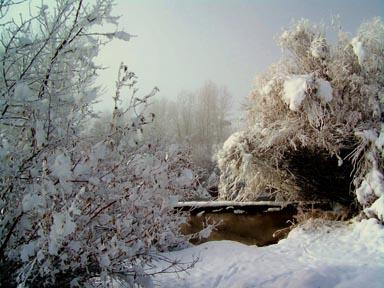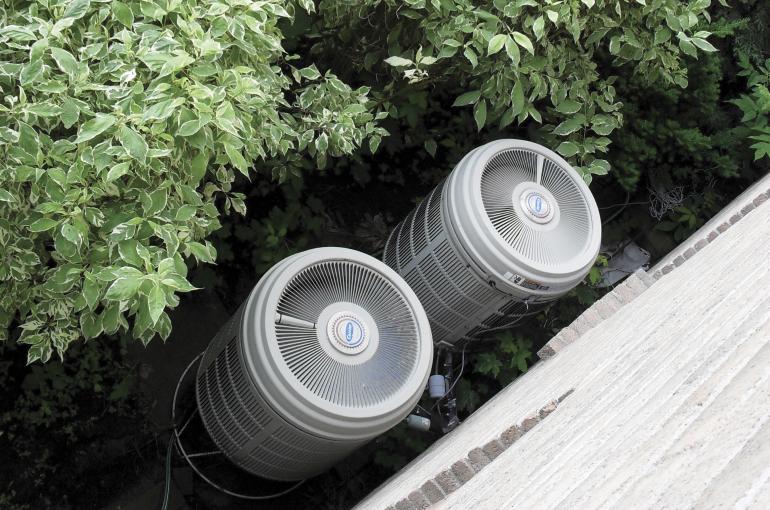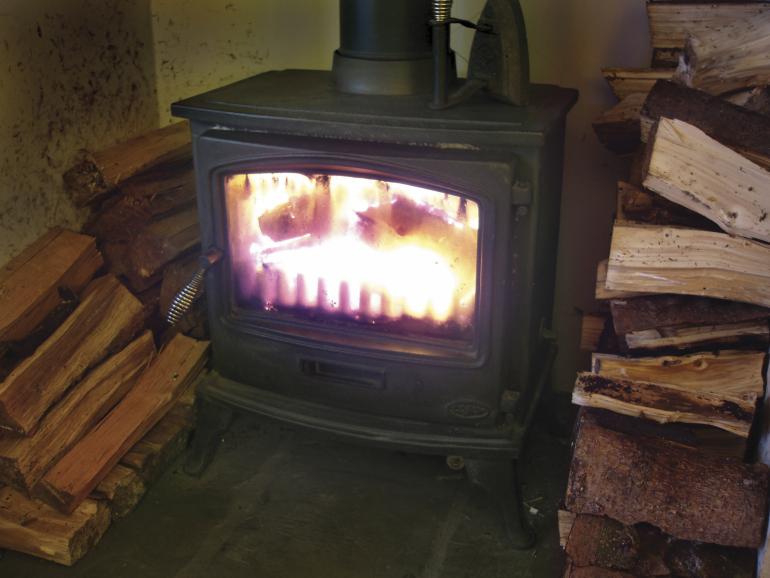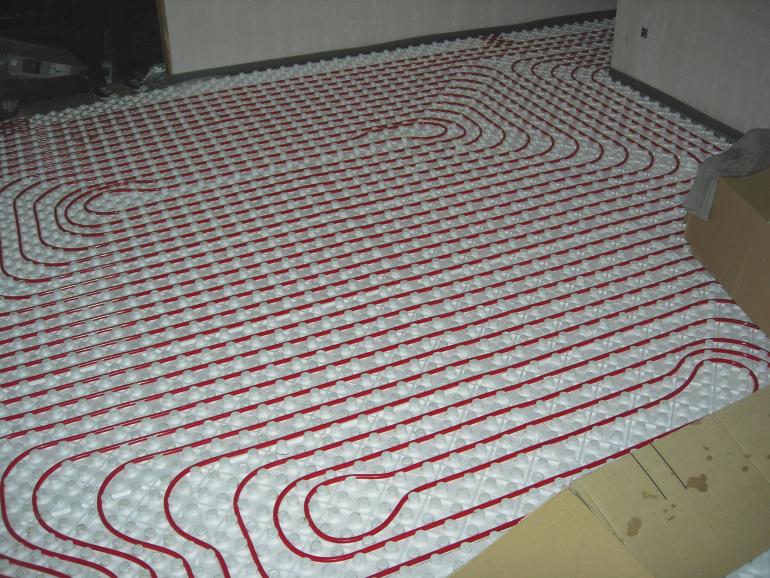Baby, It's Cold Outside
With winter just around the corner, it’s important to understand the different options for heating your home. Here’s a look at three different ways to stay comfortable when the mercury drops.
The Sun’s Radiance
by Todd Hoitsma
Comfortable, energy-efficient radiant floor heating may seem like a new technology, but the idea of circulating warm water through a floor for space heating goes back to the days of the Romans. Contemporary systems use water with non-toxic glycol to heat the surrounding space. Properly designed, hydronic heating can be comfortable and efficient: ask anyone who has a warm kitchen floor on a cold winter day.
A hydronic heating system usually has several heat zones and is powered by a heater or boiler unit fueled by natural gas or propane. These systems can also be integrated with solar hot water and geothermal systems that qualify for 30% federal and $1,000 state tax credits. Surprisingly simple, solar hot water systems use a non-toxic fluid to absorb heat from the sun and transfer energy to a water heater, hydronic heating system, or a forced-air heating system. Geothermal systems make use of energy in the ground to gather heat. This is good, clean, local energy that can reduce gas usage.
Investing in an efficient or renewable energy system today is a bit like refinancing for a lower mortgage rate: you will pay a bit extra up front, but in the long run you come out ahead. And just like refinancing to pay less interest, with an improved heating system, you’ll pay less to the utility company for fossil fuels, reduce your energy footprint, and live more comfortably.
Todd Hoitsma owns Liquid Solar Systems (liquidsolarsystems.com) in Bozeman.
Wood is Good
by Pat Mowen
Since burning wood is part of Nature’s carbon cycle, this method is one of the most environmentally friendly ways to heat your home.
A large portion of greenhouse gases comes from the heating of houses; oil-fired burners, natural gas, and electric heat are all heating forms that raise the level of CO2. When firewood is used as fuel, part of the natural carbon cycle is utilized. Wood is a renewable resource; in contrast, fossil fuels like oil, gas, and coal are not renewable. Burning fossil fuels sends carbon dioxide on a one-way trip, pumping million-year-old carbon from inside the earth into the atmosphere.
Picking the right wood-burning stove or high-efficiency fireplace is important—poorly designed stoves often pollute so badly they can endanger your health and jeopardize the environment. Thankfully, the U.S. has one of the strictest approval procedures in the world for newly manufactured wood-burning stoves. Improper combustion technique is more difficult to control. Poor installation, low temperature burning, and unseasoned or wet firewood result in dirty chimneys and smoky air. Good combustion results in clean air and smoke and gases that are barely visible. The latest technology makes wood burning the smart, clean, and renewable energy choice.
Pat Mowen works at Shadow Hearth and Home (shadowhearth.com) in Bozeman.
Pump It Up
by Kami Gillispie
The same device that cools your home in the summer can heat it in the winter—it’s called a “heat pump,” and it works the opposite of an air conditioner: it warms ambient outside air and pumps it into your house. The best part is that a reversing valve allows you to use it to pump cool air during warm seasons, all while utilizing minimal energy—which results in normal operating costs that are less than running your microwave.
A Ductless Mini-Split Heat Pump is a great choice for Montana as it has multiple operating speeds, which respond to the temperature swings outside to provide consistent, reliable heat. Mini-splits are extremely efficient, ductless, and can be used in many applications. Oftentimes they can solve mechanical problems that arise in new construction and existing homes—although they’re best known for augmenting hydronic and boiler systems. Once the mini-split has been installed, it’s not uncommon for this system to become the primary source of heat.
Kami Gillispie is the general manager at Ambient Air Solutions (ambientairsolutions.com) in Bozeman.
















